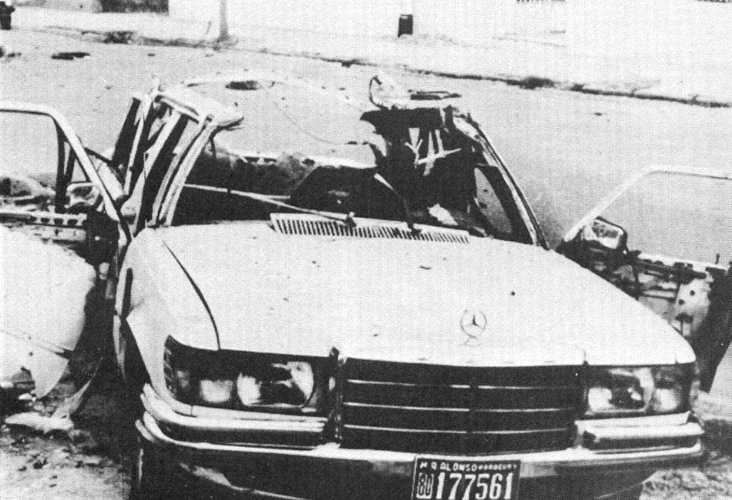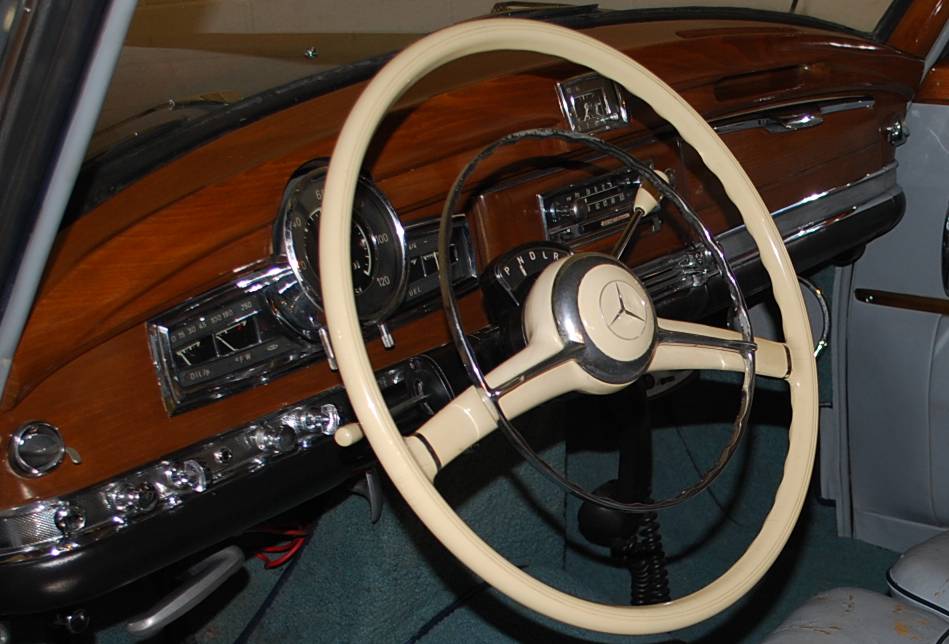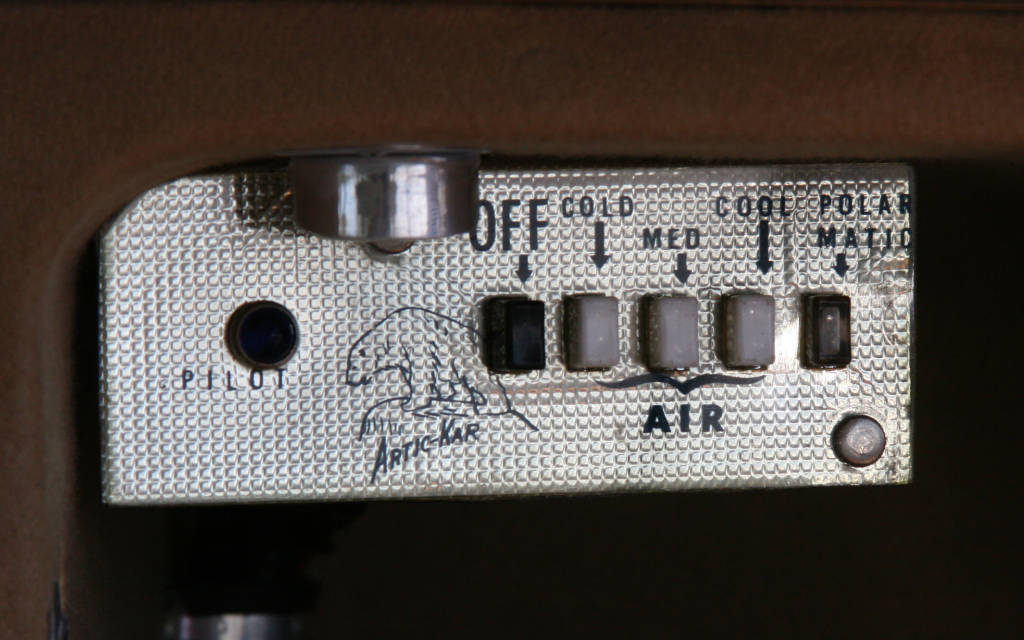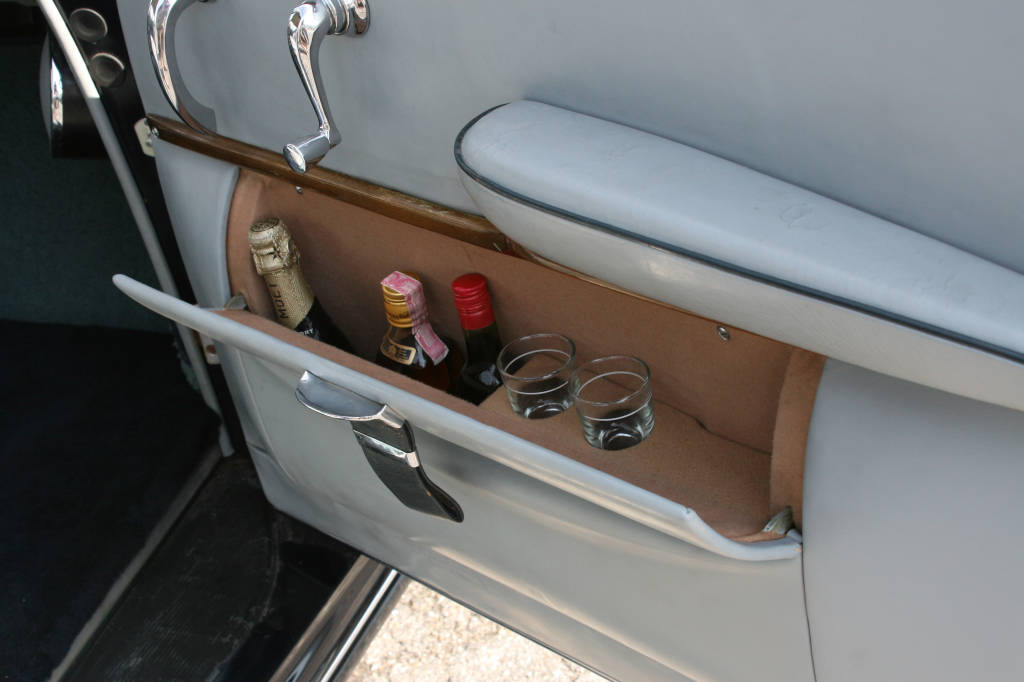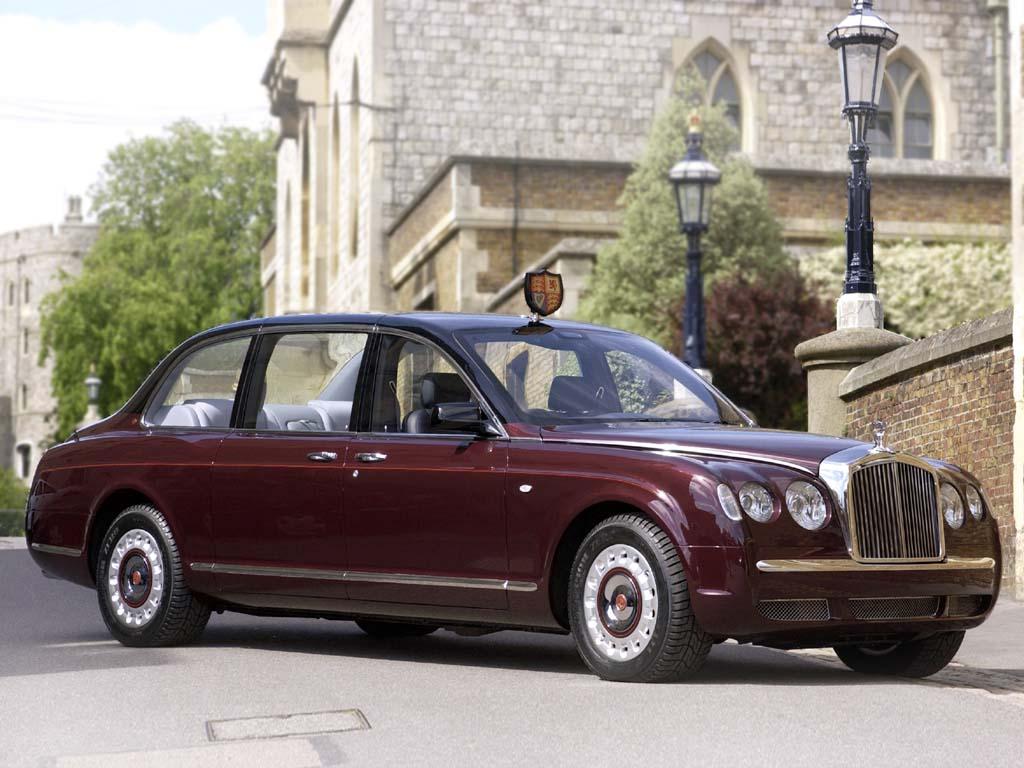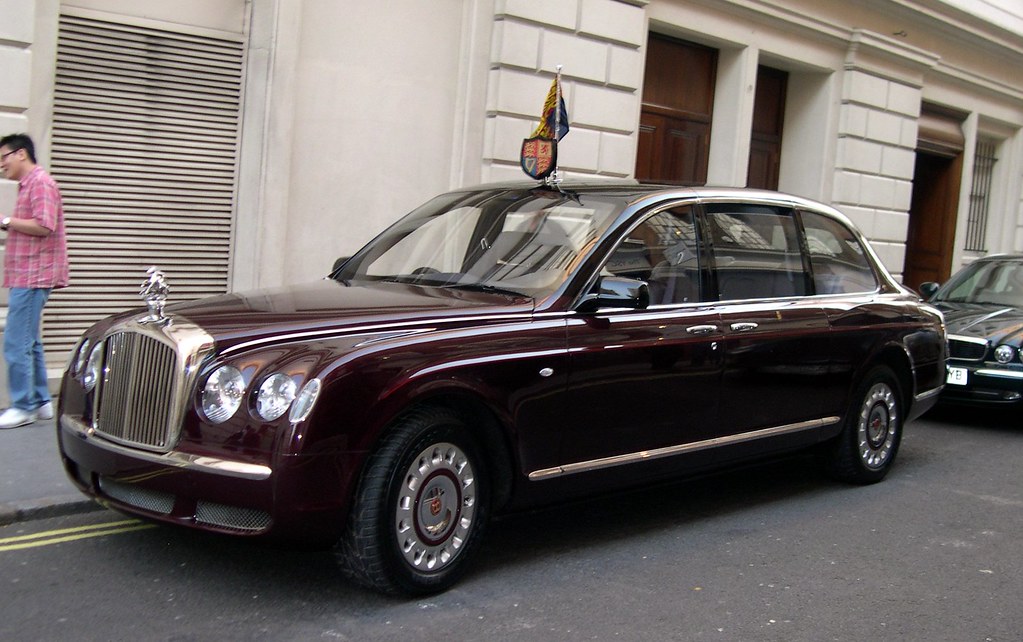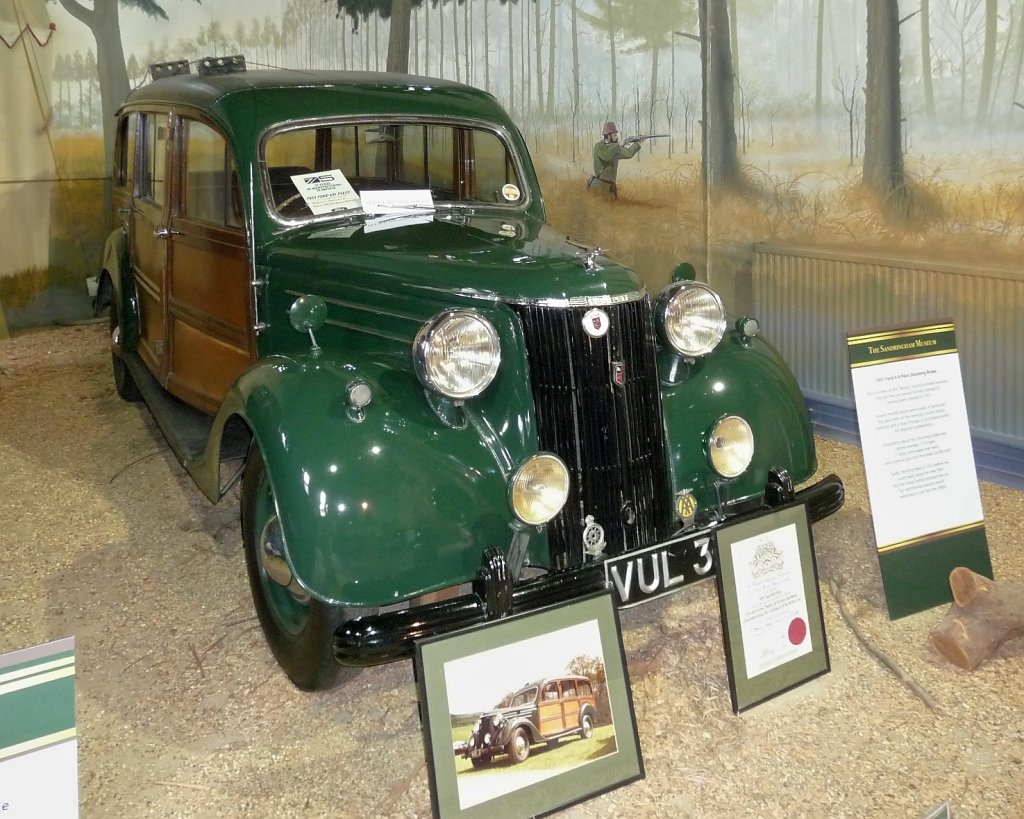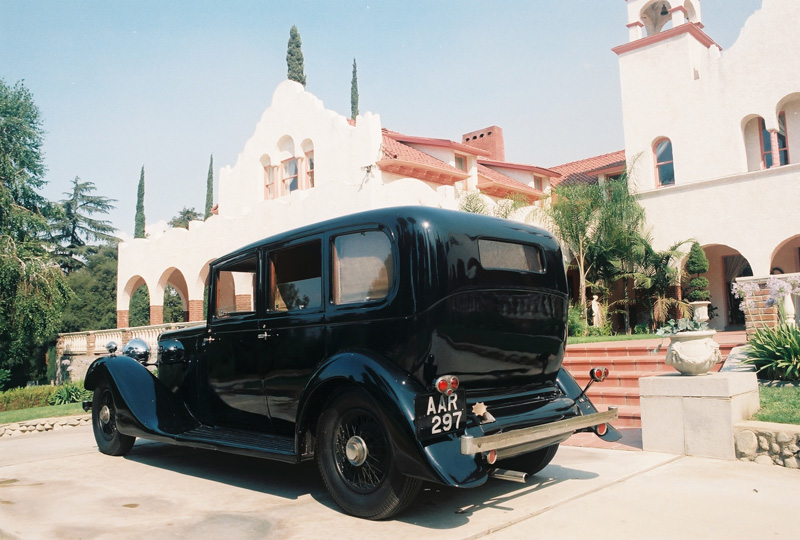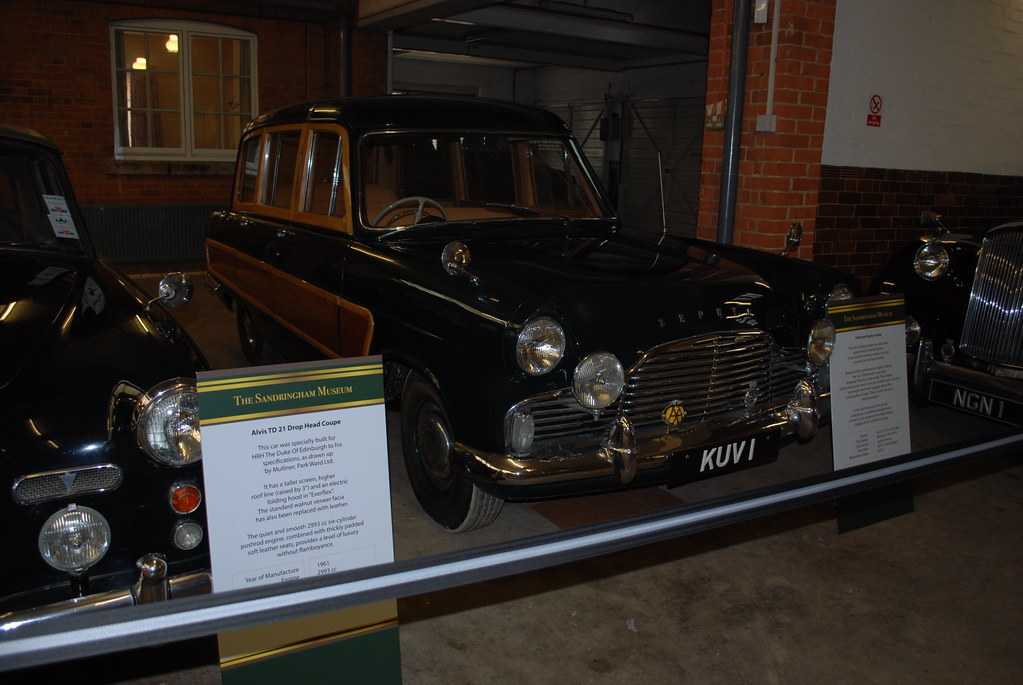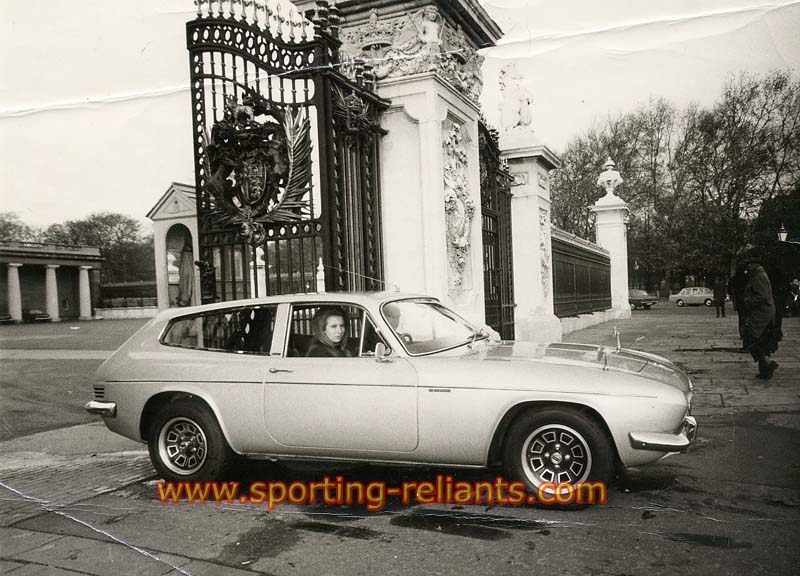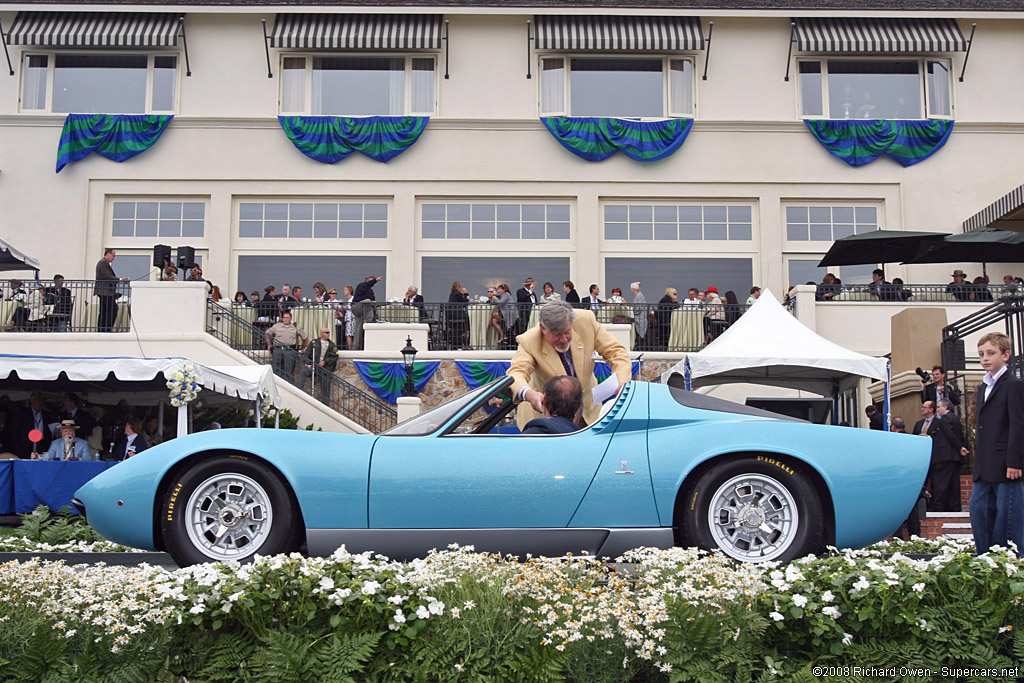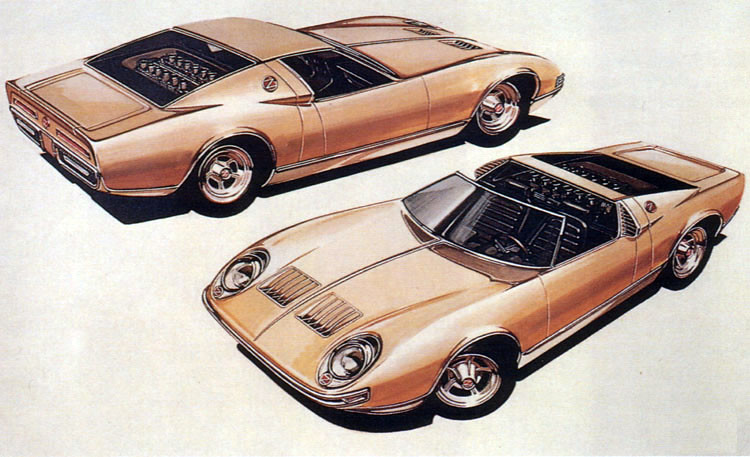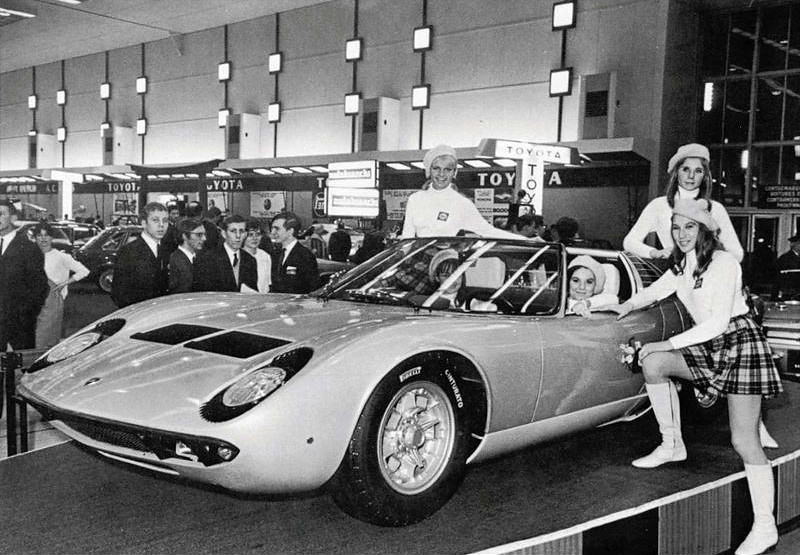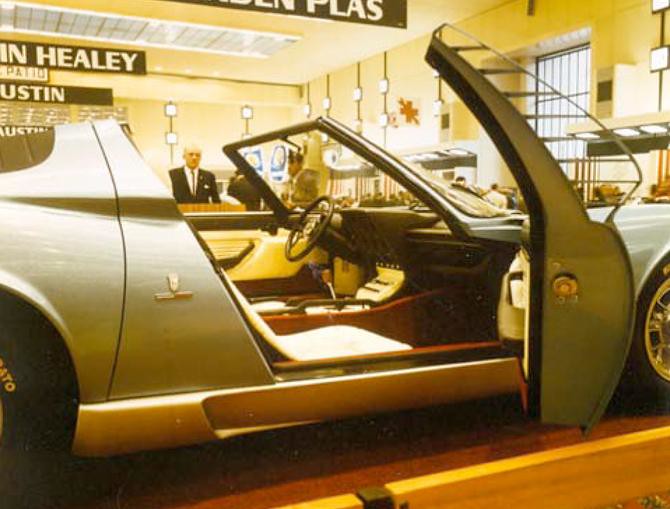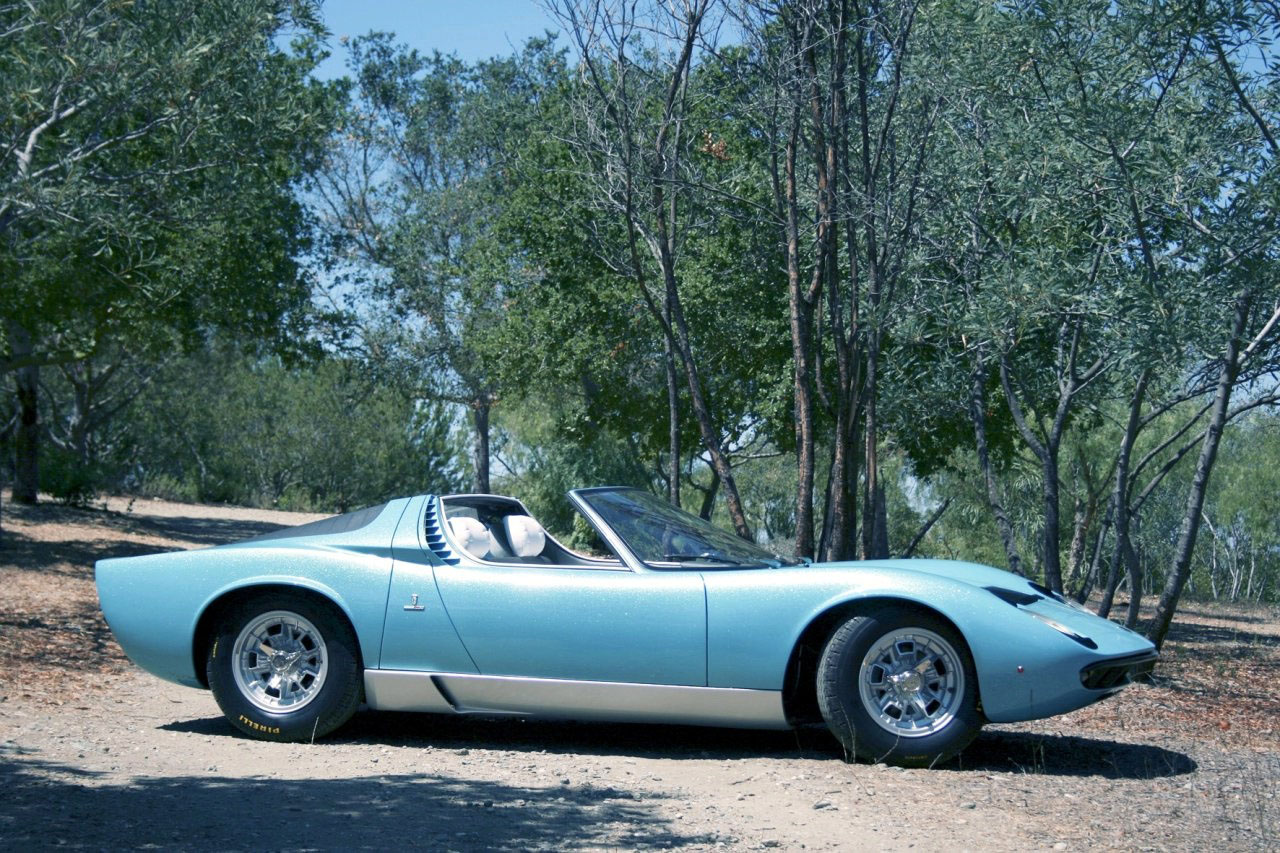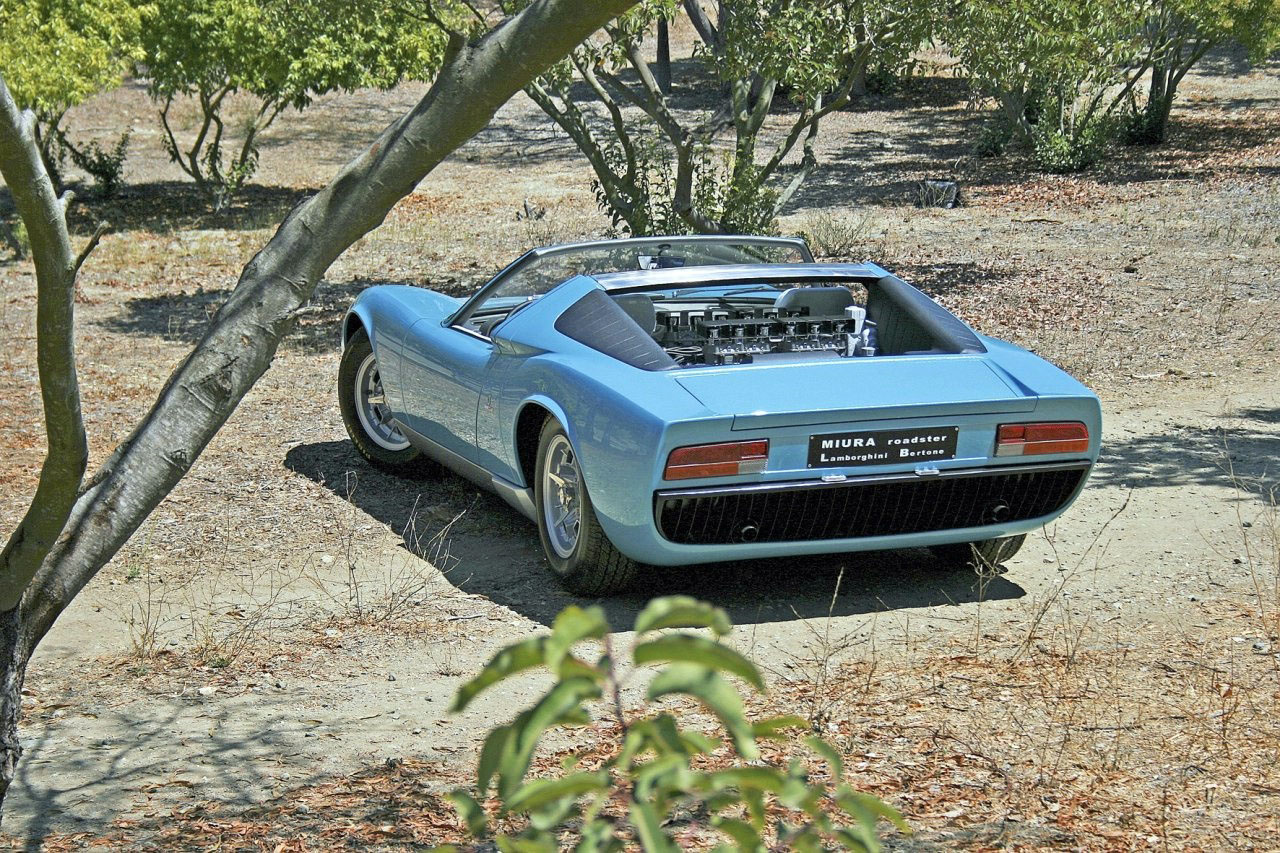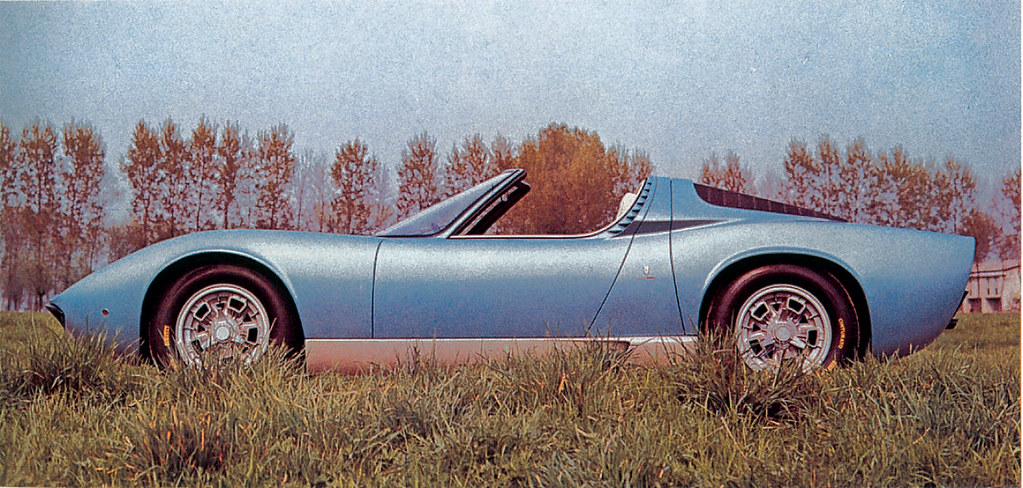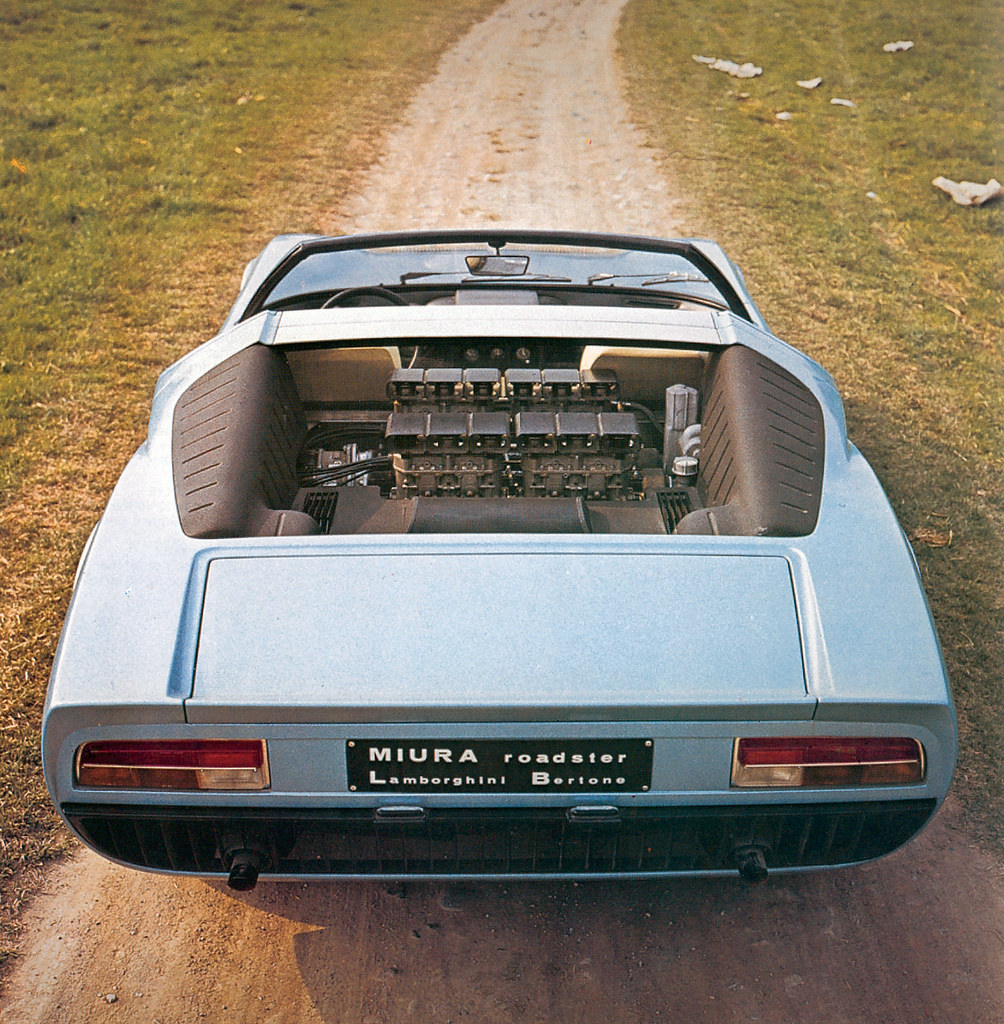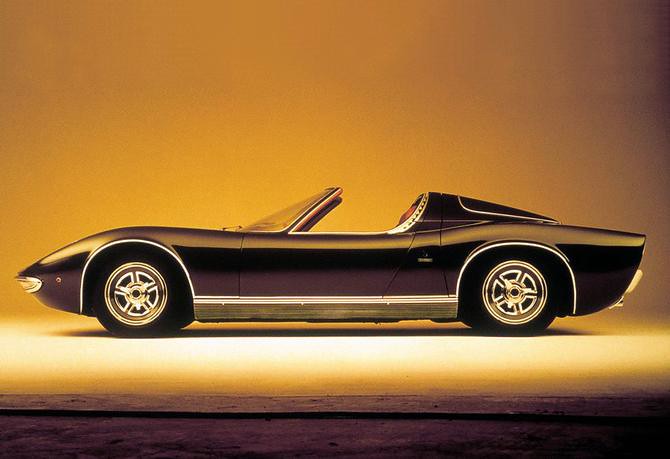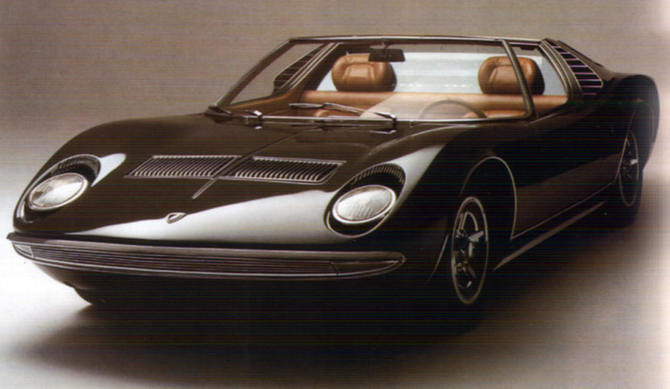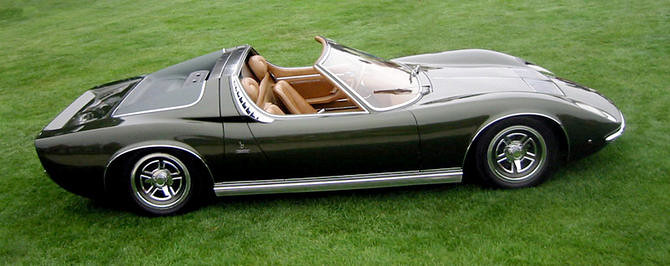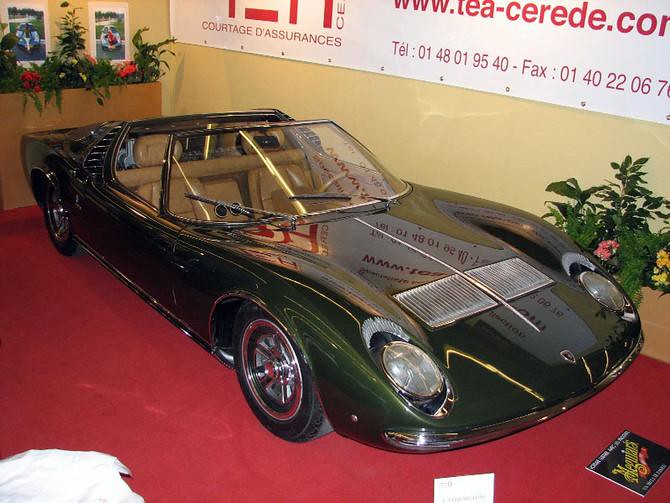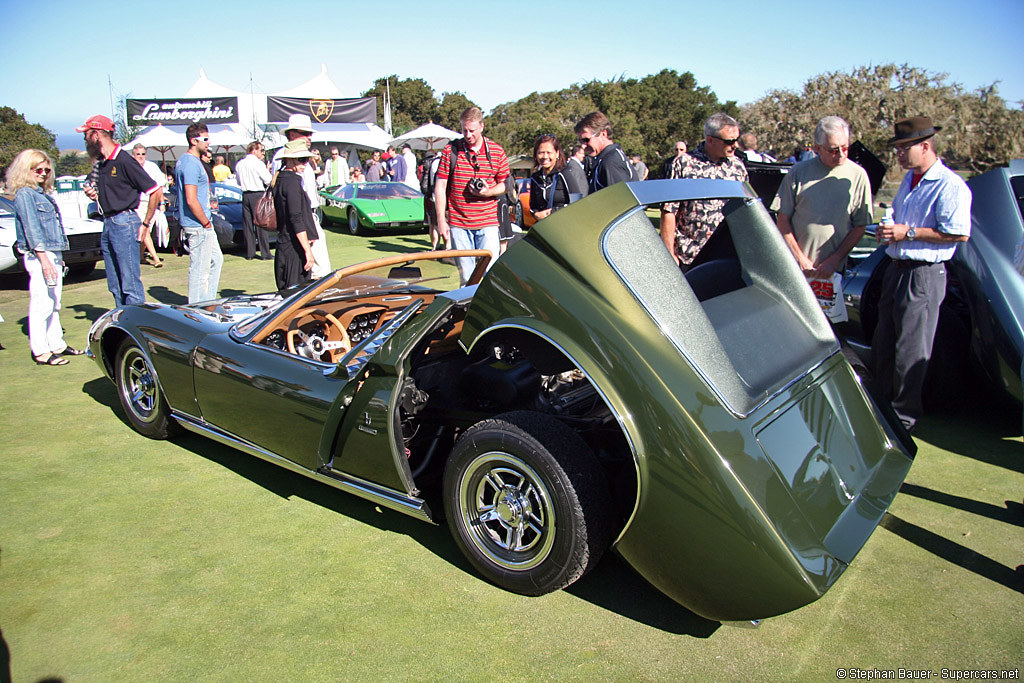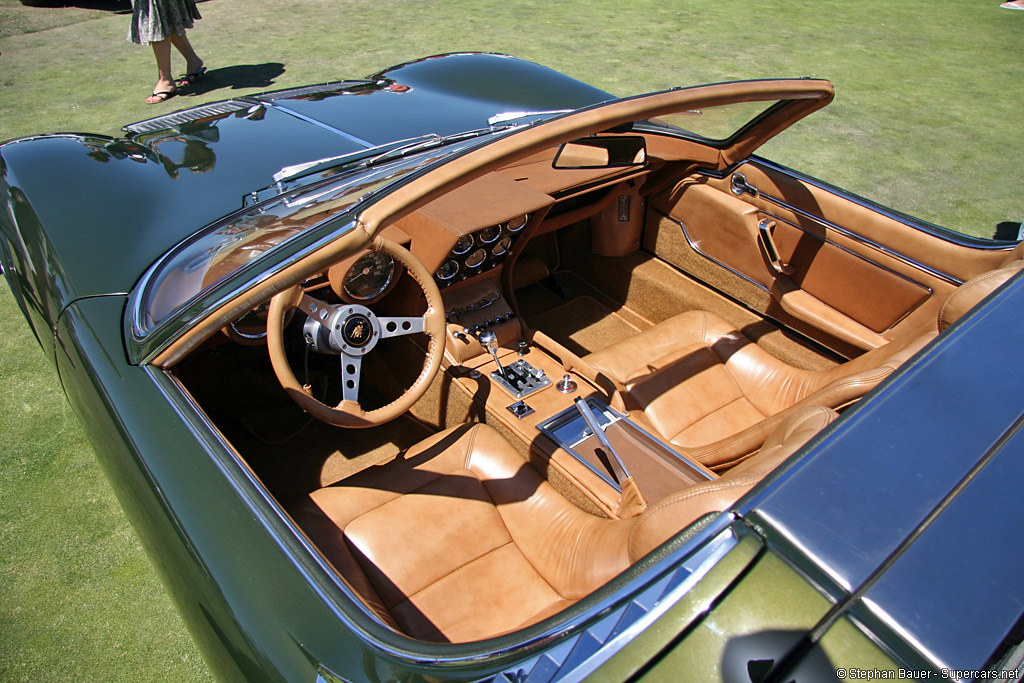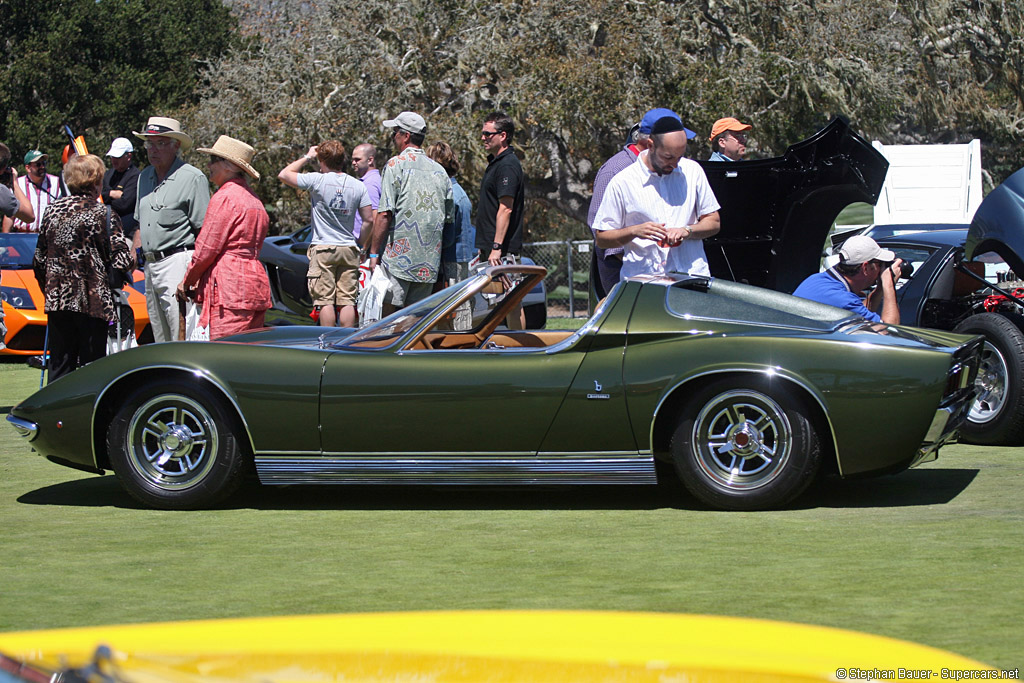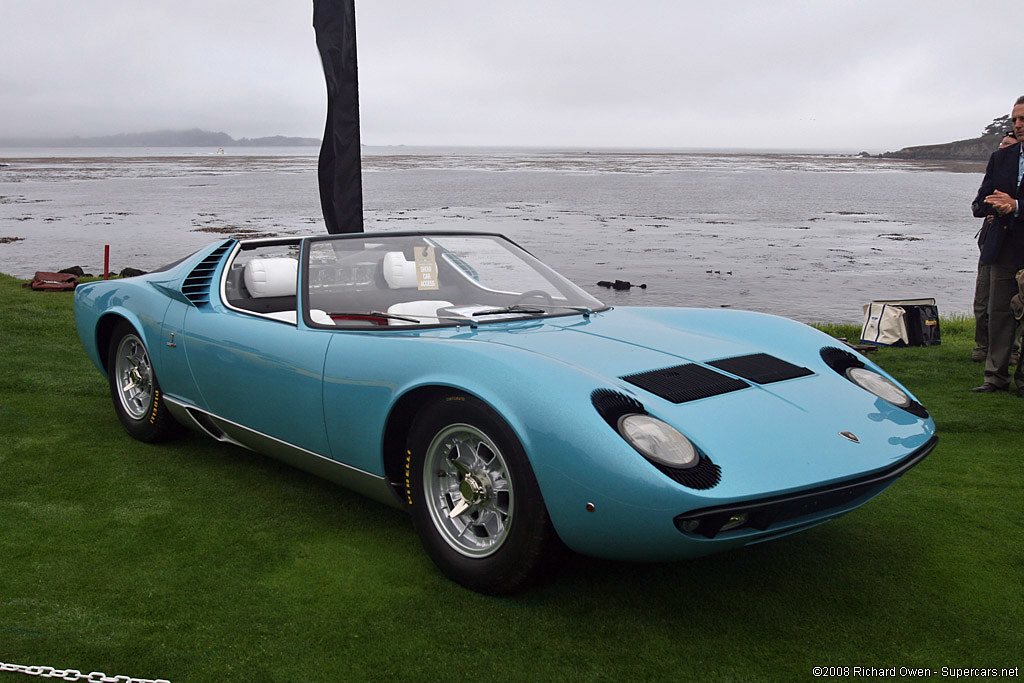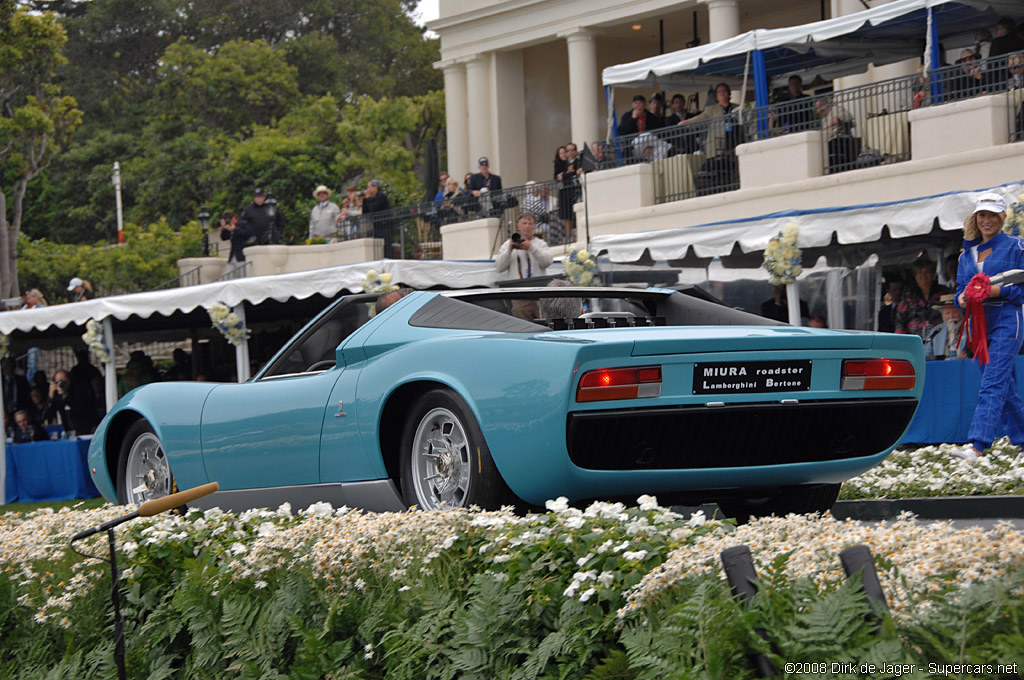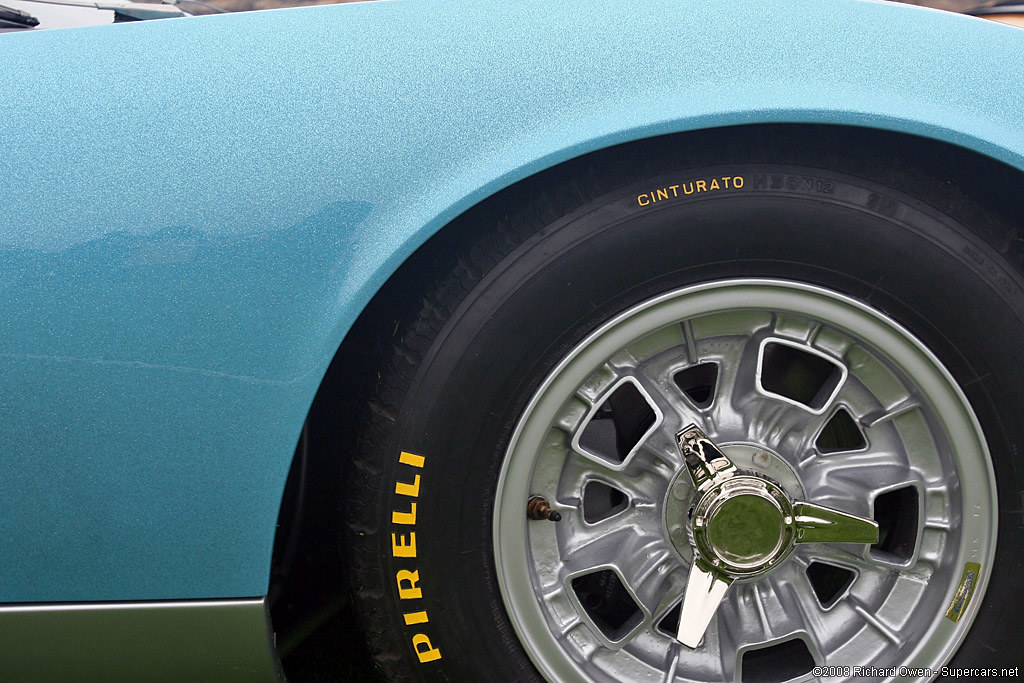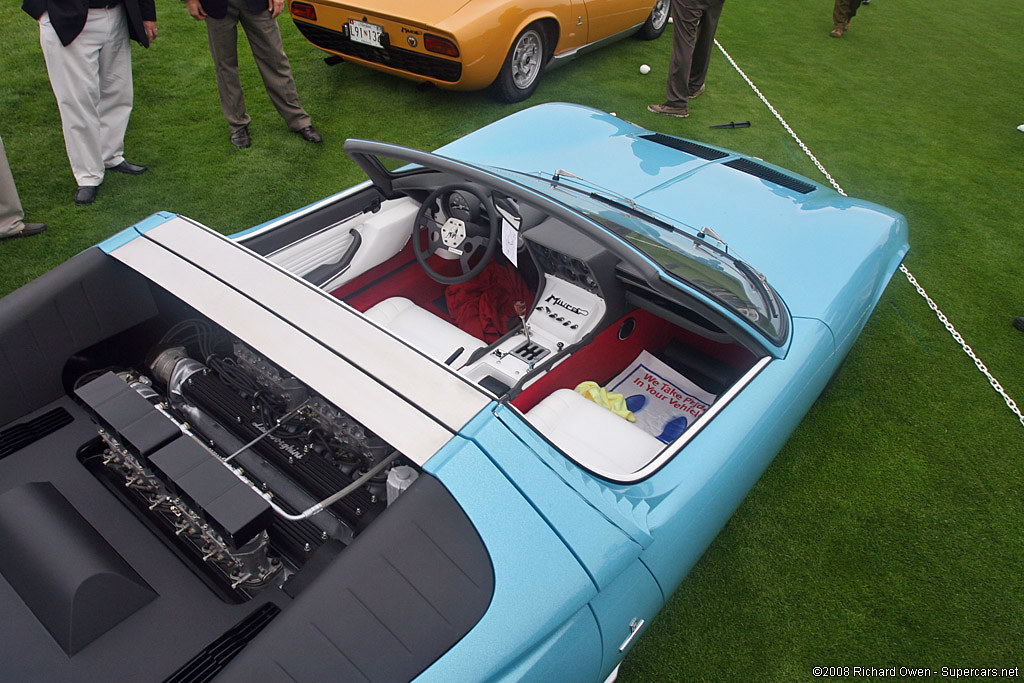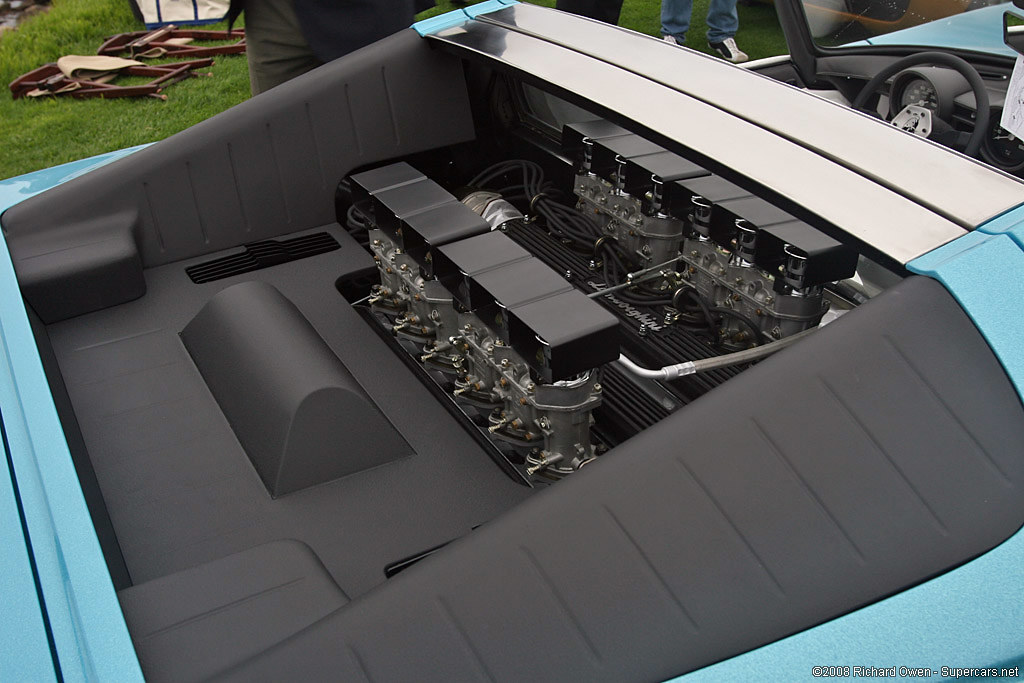Let me share with you the story of a family dictatorship; don't worry, related car stuff comes soon after...
The Somoza family at one point ruled Nicaragua (there were three in total), Anastasio Somoza Garcia (known as “Tacho”) began his rise to power in 1933, just as the US Marines evacuated the country, when he was appointed director of the Nicaraguan National Guard.
Following the assassination of his nearest rival and the forced resignation of the elected president, Somoza the eldest staged an election in which he was declared the winner and, in January 1937, he was inaugurated president.
Tacho Somoza ruled Nicaragua for 19 years, amassing a fortune (estimated at $60 million) and surviving periodic coups until he was fatally shot in September 1956.
Following his untimely demise, his sons took over the 'family business'. Luis Somoza Debayle became the interim president, while Anastasio “Tachito” Somoza took over the leadership of the Nicaraguan National Guard. Although Luis stepped down from the presidency in 1963, Tachito’s stranglehold on the leadership of the National Guard ensured that the family’s interests would be protected until he, himself, became president in 1967, shortly after Luis died of a massive heart attack at the age of 45 (the least-violent fate of any of the Somozas).
Tachito managed to lead Nicaragua for the next 12 years while serving two terms as president and serving as commander of the Guard until his government was overthrown in 1979. The former leader fled to Miami and later found refuge in Paraguay, where he met an unfortunate end on September 17th 1980. As he was being chauffeured about the city of Asunción he came upon a commando team that first machine-gunned and then fired an RPG-7 anti-tank grenade at his white 1979 Mercedes-Benz 350SEL.
Amid all this chaotic history and in addition to amassing millions (as well as being the point of this whole article), it also appears - big surprise - that the Somozas found the time to treat themselves to some of the finer things in life, not the least of which was a custom-built 1957 blue Mercedes-Benz 300D limousine.
How this particular Mercedes managed to avoid the aforementioned rocket attack we'll come to later. But first, according to Motoring Investments, this is how it was acquired:
From an official Daimler-Benz letter in our possession it appears that Luis Somoza officially ordered this Mercedes on September 14, 1957. Mr. Somoza communicated to Daimler-Benz Aktiengesellschaft that this limousine was to have special equipment. Chassis number 7500143 was built with a high torque fuel-injected engine, double acting telescopic coil springs, refrigeration, radio-telephone, military siren and blue lamp. Mr. Somoza stated that since the automobile was of pillarless design, his intended use did not require armor-plating. On March 2, 1958, the auto was shipped to Nicaragua on the S.S. Hein Hoyer owned by Hanseatic Vaase Line.
Twenty years later, on December 14, 1977, A. Somoza (Anastasio) wrote an official letter from Casa Presidencial, Hacienda El Retiro to Senor Julio Cesar Gallardo expressing the family’s appreciation for his service and telling him he would be given his brother Luis' car that had been in the family for so long. Somoza said the car would be legally transferred to Gallardo on December 23. He wished Gallardo “feliz navidad” (Merry Christmas) and referred to their relationship with the term, “amigos”.
On December 23, 1977, A. Somoza and Gallardo signed a Bill of Sale for un cordoba C$1.00. The document stated that the vehicle was a blue 1958 Mercedes Benz limousine 300D with chassis number 7500143.
In the Carta de Vente, Gallardo agreed to restore the car in minute detail as assessed by Senor Carlos Jose Mendoza of the Mercedes-Benz agency in Managua. Gallardo agreed that the car was to be considered as a museum piece and a national treasure. Gallardo promised that it would never leave its homeland of Nicaragua.
It appears that Gallardo was as good as his word, at least in terms of the vehicle’s restoration, for in August of 1978 he won first place in the Club de Vehiculos Clasicos de Nicaragua for Concurso de Elegancia. When Gallardo signed the Carte de Vente, he had every intention of honouring the agreemnt to keep the car in Nacaragua as a national treasure.
But, when the Sandinistas came to power in 1979 they released a Decree, which was for the confiscation of all Somoza family property. This decree extended to all Somoza family, soldiers, officers and presumably associates who left the country.The car was 'assessed' (quite what that means I don't know) and according to documents with the car, the same Carlos Jose Mendoza of the Mercedes agency in Managua delivered the car to the port for export to California and its new owner. Since previously the Somozas owned this Mercedes agency we have to assume it was now under government control.



